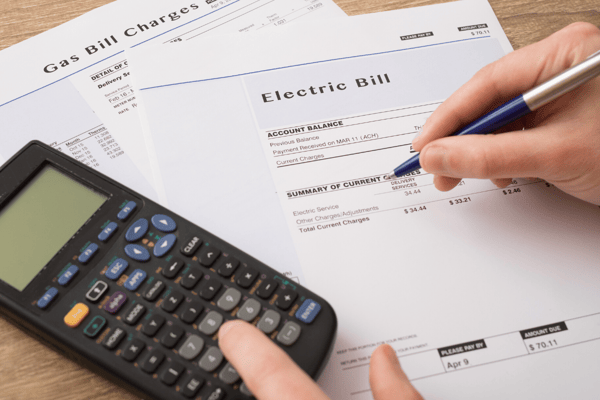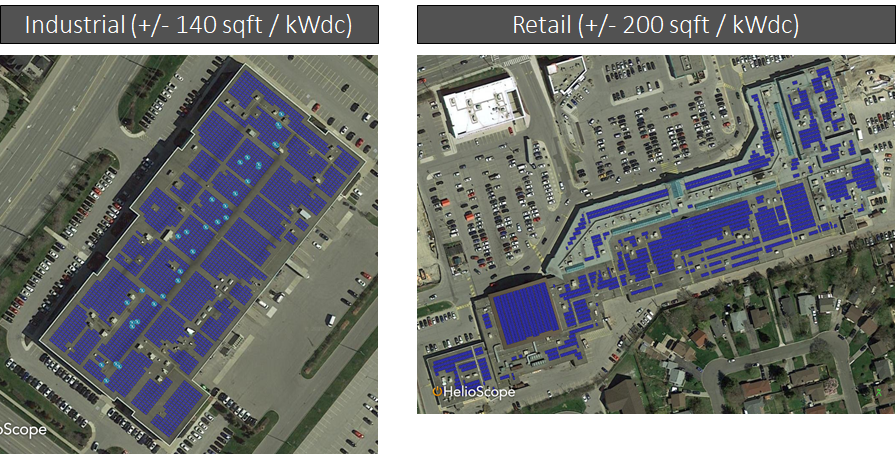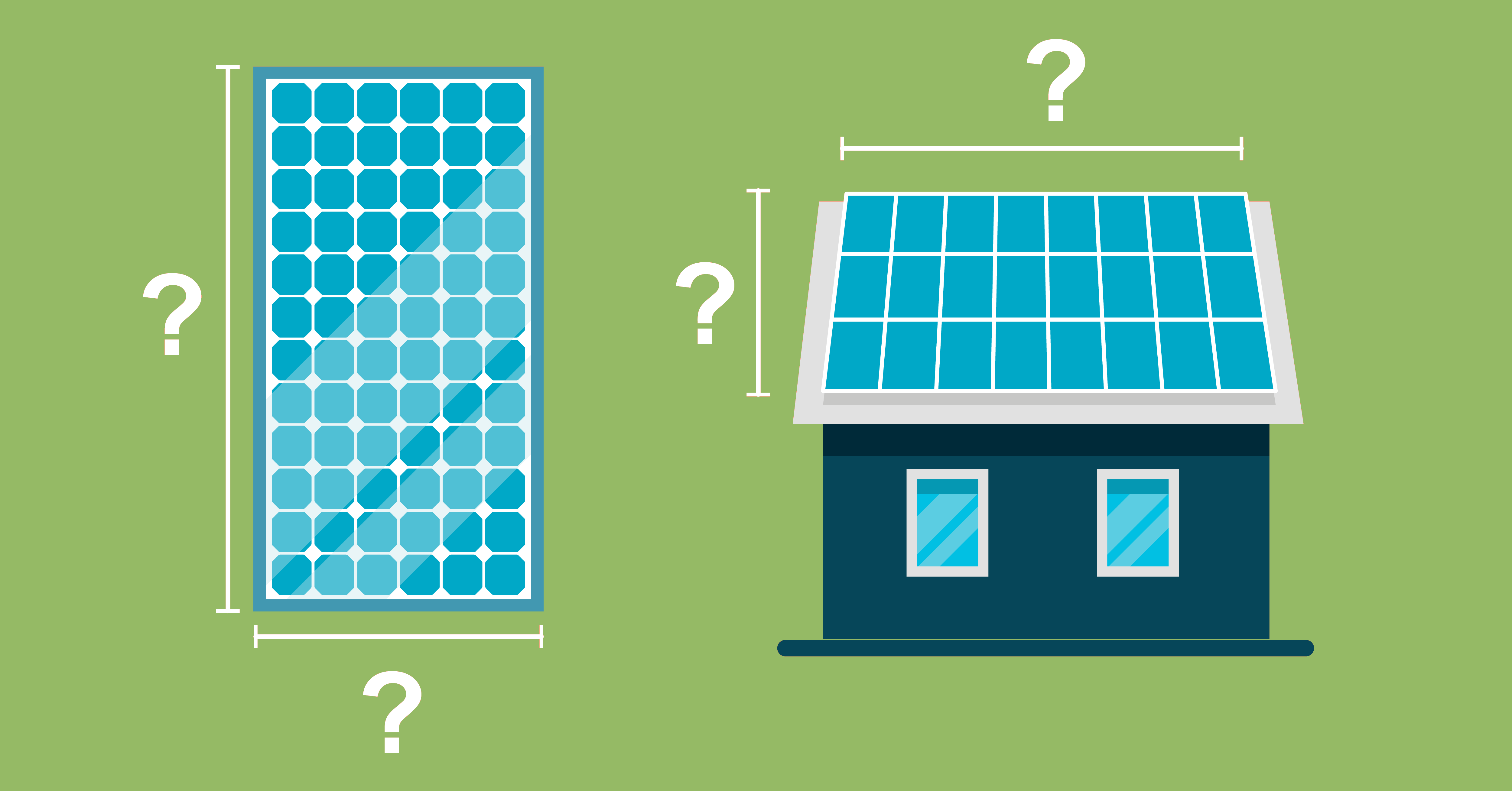You have made the decision to go solar. You want to reduce your costs, become more energy independent and reduce your carbon footprint. You have an available roof space, field, or parking area (i.e. solar canopy) that can be used to host your solar net metering system. Now you need to determine what is the right size for your solar system. This blog will walk you through the most important considerations when determining how to design a correctly-sized solar system that will optimize your investment.
1. What is your total annual electricity consumption?
Throughout Canada, self-generation is enabled through net-metering or net billing. You can learn more about net metering here. While the rules for net metering or net billing can vary slightly across the country, in general, they allow you to produce as much as electricity as you consume on an annual basis. Net metering and net billing policies are intended to allow you to offset your own electricity use, as opposed to producing more power than you use. If you produce more solar energy than you use in a year, you typically give that excess power to utility for free! So it is important to right size your solar system.

This means that the first step in determining the maximum size for your solar net metering system is to understand how much electricity you consume on an annual basis. Therefore, you'll need to conduct a billing analysis to determine what is the total volume of electricity (measured in kWh) that your business consumes.
Whatever you consume on an annual basis becomes the maximum generation that your solar system will need to produce. Determining how much electricity that your system produces is based on the availability of space and the forecasted output of your solar system.
2. How much available space do you have for your solar system?
Solar panel technology has improved by leaps and bounds over the last 20 years and continues to improve (you can read about why solar costs have fallen by over 99% in this blog post). This means that solar panels have become not only cheaper, but also more efficient. Today, you can now fit more solar panels and generate more solar energy from the same area than you could even 5 years ago.
Compass has completed hundreds of solar designs across a variety of building types. Based on this experience, we have developed guidelines for solar sizing depending on different building types. However, because there are some differences between the overall efficiency of solar panels, the space guidelines below can vary based on the type of solar panel being used.
If you are installing solar on a retail or school property, you are going to see more rooftop obstructions such as heating, ventilation and air conditioning (HVAC) units, as well as gas lines and other items that require setbacks to enable regular maintenance. Industrial or commercial properties generally have less rooftop obstructions and therefore have more available space for solar panels.
Based on our experience in solar system design, we have calculated the following general rules for estimating the amount of solar you can plan to install. You can use these guidelines to get an approximate size of your system in kWdc based on the square footage of your building.
- Industrial: +/- 140 sqft / kWdc
- Retail: +/- 200 sqft / kWdc

3. How much electricity will your system generate?
As we mentioned in the first section, a net metering system is intended to produce as much electricity as you consume in a year and any generation you produce over that amount is typically given to the utility for free. So getting the system sizing right is important to avoid spending money on solar energy that won’t be as valuable to you, and getting the most out of your investment.
Enter solar design software, such as Helioscope or PVSyst. These allow us to determine how much electricity your solar system will produce based on the location specific characteristics of your building or field or parking area.
There are a variety of factors that influence solar energy production including tilt of the panels, if they are positioned due south (i.e. azimuth), if there is near or far shading, what the soiling will be, both summer and winter/snow related, as well as the losses throughout the system like those at the inverter, or in the wiring.
Always Plan Ahead
It's only through performing the billing analysis and preliminary system design and production estimate that you will know if your solar system is correctly sized for your business or application. Again, this is critical so you don’t oversize the system relative to your annual needs and give away your solar energy to the utility. But, with a little feasibility work and planning, you can rest assured that your investment in solar will be customized to your needs.
Stay Up-To-Date With the Compass Newsletter
Join the Compass Newsletter to stay up-to-date with the latest renewable energy news, regulatory updates, and resources designed to help navigate your renewable energy journey
It's our goal to advance the role of clean energy in North America by providing expert and nuanced advice to decision makers and offering a range of engineering services. Because renewable Energy is a long-term investment, we want to ensure you have all the information and resources you need to make informed decisions that drive the success of your project.



